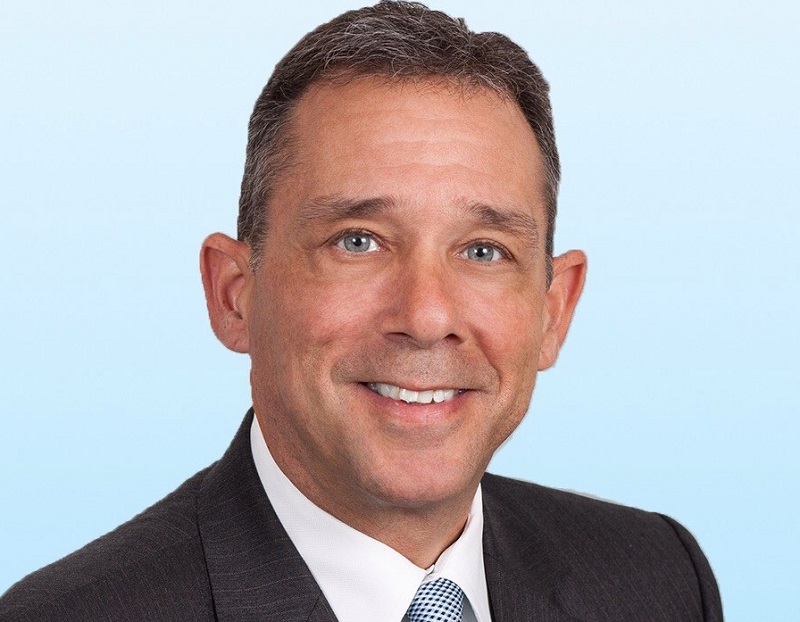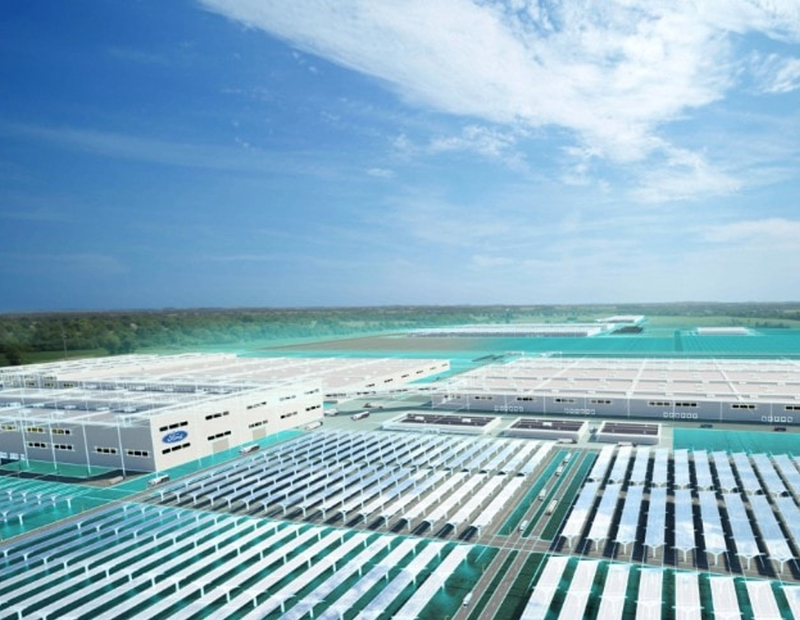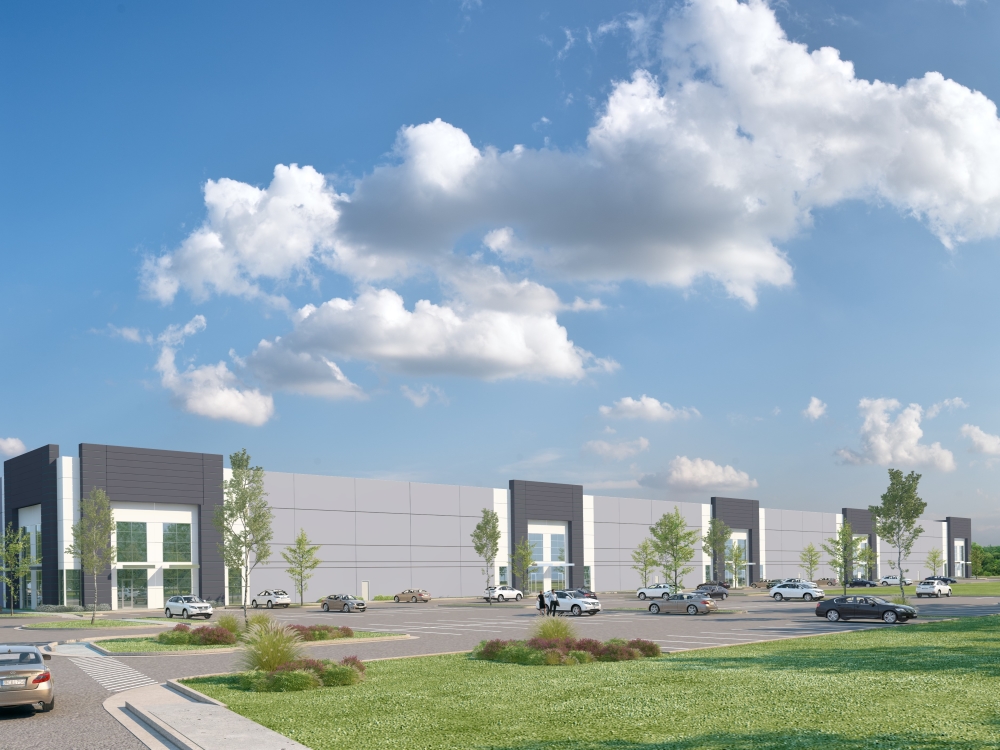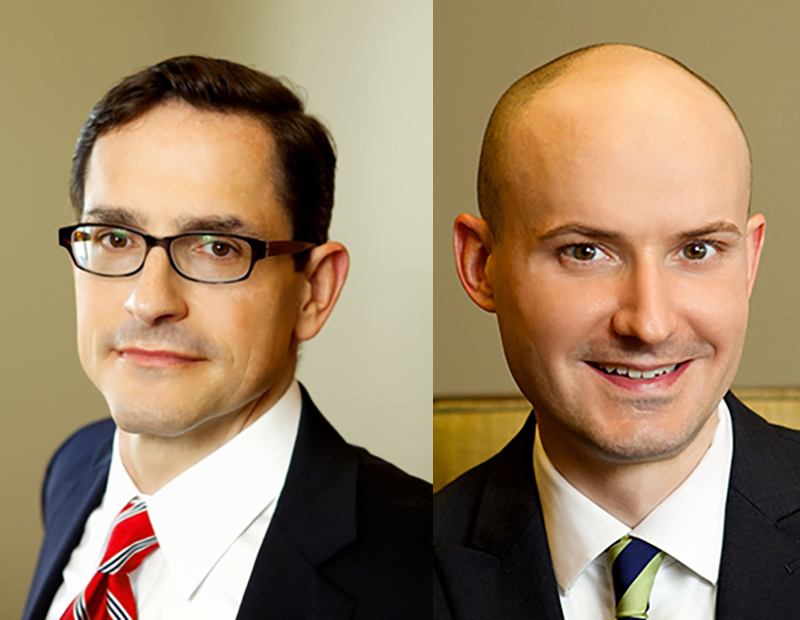South Florida’s CRE Market: What to Expect in 2019
Colliers International’s Executive Managing Director Kenneth Krasnow addresses the region’s best performing sector and what will continue to drive growth in the next 12 months.
By Adina Marcut
South Florida’s commercial real estate market continues to grow amid population and job gains. “Industrial is by far the best performing sector in South Florida at the moment,” Kenneth Krasnow, Colliers International South Florida’s executive managing director, said in an interview with Commercial Property Executive. He added that the tourism industry, trade and transportation connections, and the consumer’s spending power are also contributing to the metro’s expansion.
What are the strongest CRE sectors in South Florida at the moment and why?
Krasnow: Industrial is by far the best performing sector in South Florida at the moment in terms of its immense development pipeline, a strong demand from new and expanding tenants, as well as institutional investor appeal. Amid a time that developers are building a significant level of speculative and build-to-suit product, fundamentals remain strong with vacancy rates kept low by a relentless demand. While warehouse and distribution space for e-commerce retailers has been the driving force behind the industrial boom, the region’s trade and transportation links, the tourism industry, the growing population and consumer’s spending power are also major forces that support the sectors’ growth.
Which sector saw the biggest change this year? How will this evolve into 2019?
Krasnow: The resiliency of our tourism industry has been tested over the past few years, with big hits starting with the threat of the Zika virus and the economic crisis in Brazil, followed by the blow in 2017 from Hurricane Irma and the growth in the Airbnb market share. These headwinds undeniably challenged the hospitality market. However, in 2018, the market is poised to break records. From January through September, Florida welcomed 95.8 million visitors, the highest number of visitors in any nine-month period in Florida’s history and a 6.7 percent increase over same period in 2017. Port Miami also released record cruise visitor statistics for fiscal year 2018 with 5.6 million passengers, an increase of 4.7 percent over 2017. The strength in visitation numbers has fueled steady increases in hotel daily rates and revenue per available room (RevPAR) across the tri-county area.
What are the main challenges for South Florida’s CRE market?
Krasnow: With the explosion in e-commerce and a consistent demand from expanding and new-to-market industrial tenants, the scarcity of available land to build, presents a challenge for investors and developers seeking to capitalize on one of the nation’s hottest markets. As a result, vacancy rates remain low, rental rates are pushed to new heights and developers are getting creative in order to continue growing South Florida’s industrial product offerings.
What can you tell us about the future investment trends in the region?
Krasnow: We’re seeing more buy and hold investment decisions, unlike years past. Industrial continues to be the most sought-after asset type, along with multifamily, due to steady population growth particularly close to dense population centers. Investors are still looking for value-add opportunities close to the urban core to fulfill the last-mile of delivery. Overall, South Florida remains a hot investment market with a healthy appetite from investors, particularly from Canada. However, we have seen a slowdown in investments from Chinese and LATAM markets due to a strong dollar, rising interest rates and slowing global growth.
How did technology impact CRE in South Florida? What about compared to other U.S. markets?
Krasnow: The shift in real estate demand caused by the growth in e-commerce is changing the CRE landscape in South Florida as many traditional brick and mortar retail malls are replaced by alternative uses such as luxury retail, multifamily or distribution centers. Now we’re seeing advancements in in-store technology like augmented and virtual reality showrooms that allow shoppers to browse the store’s entire product range from a headset. These advancements further exacerbate this shrinking demand for physical retail space and enhance the need for warehouse and distribution centers.
What are the biggest trends in South Florida’s office segment?
Krasnow: 2018 was a big year for growth in the coworking industry. Miami-Dade County is home to the most coworking space in the U.S. as a share of total commercial real estate, even beating out Manhattan. With 3 percent of office space designated to coworking, the concept is featured in almost every office building in the CBD.
What amenities are office tenants looking for, and how are developers/landlords responding to these demands?
Krasnow: Developers and landlords are listening to the demands of the largest generation in the workforce today—Millennials. They account for 35 percent of the U.S. workforce. According to Millennials, the future for office buildings is technology-driven, hospitality-infused workspaces. We are seeing landlords begin to update both the infrastructure and include lifestyle offerings through flexible meeting and workspaces, user-friendly and smart technology systems, hotel-like concierge services, entertainment and community-oriented gathering spaces, and wellness programming. With the vision of our new Vice Chairman, Carol Greenberg Brooks, Colliers has integrated a wellness program coined “A Deeper Breath” that enlightens and enhances employees and tenants workplace through stress-relieving and low-impact complimentary activities. A Deeper Breath brings balance and harmony back into our busy worlds through tailored and fun yoga and fitness classes offered within a professional, supportive and convenient environment—our place of work.
What should we expect to see in 2019 when it comes to CRE development?
Krasnow: The continued expansion of e-commerce heightened in 2018 and is only expected to continue heading into 2019. With the expansion comes the need for facilities that accommodate a denser distribution network. With scarce land available, infill opportunities have become viable alternatives and creative architectural designs such as multi-story last-mile distribution centers are being considered.
We can also expect to see a redeployment of obsolete retail assets—another byproduct of the growth in e-commerce. Signs of this have emerged in 2018 with Seritage Growth Properties redeveloping its former Sears locations into luxury retail and restaurants. We can expect other struggling retail properties to follow suit as developers swoop in on well-located real estate. Some centers are large enough for alternative uses like multifamily or even distribution facilities.
The final buzz word for 2018 is opportunity zones. We are receiving significant interest from clients putting together funds to take advantage of opportunity zones which in turn will spur economic growth and gentrify neighborhoods as a result of redevelopment. Neighborhoods close to the urban core like Progresso Village and the Sistrunk corridor in Fort Lauderdale are proving to be particularly attractive with capital waiting to be deployed.
Image courtesy of Colliers International









You must be logged in to post a comment.